As a Portadown landlord, it’s important to understand your tax obligations and file a tax return each year. This is to report your rental income and claim any deductions or credits you’re entitled to. It can be a daunting prospect, particularly for first-time landlords. In this step-by-step guide, we will help you through the process of filing a landlord tax return, from gathering your records to determining gross rental income, claiming expenses and finally filing your return.
Earning a passive income through property is a powerful concept. This does, however, mean that you will need pay tax on it and consequently, will need to file a self-assessment tax return. Adding property income to a self-assessment is straightforward if you already file one. If youaren’t in this position, however, it can still be done and most importantly, can be done online.
1. Register with HMRC
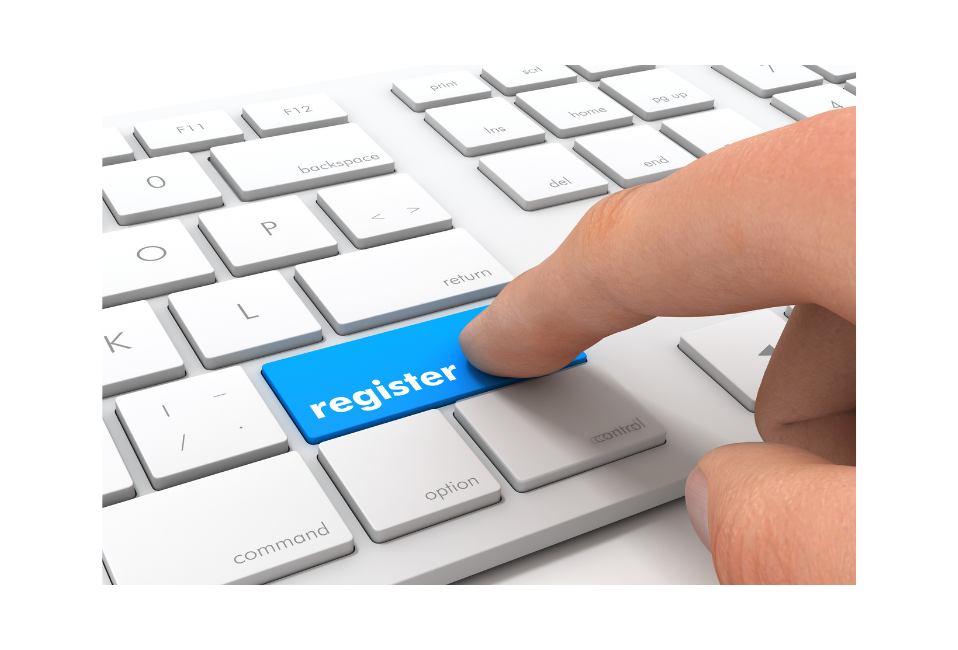
The first step is to register yourself with HM Revenue and Customs (HMRC). To do this, you’ll need to visit the Government’s self-assessment tax return and fill out your details. Once completed, you’ll receive a Government Gateway user ID and a password, which you can use to set up your personal tax account.
The deadline for submitting online tax returns is 31 January for the previous tax year. If you are late, you will be subject to a fine. However, you can still complete the return on paper, but if you select this method, you must do so before 31 October.
2. Gather Your Records
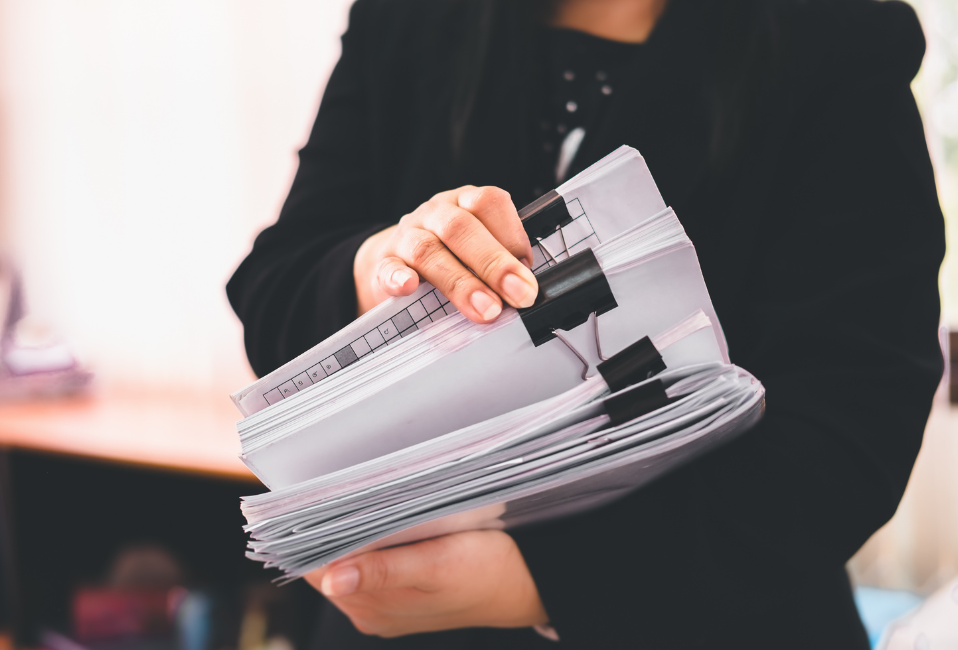
One of the most important steps in filing a landlord tax return is gathering all the necessary records and documentation. This includes records of all your rental income, as well as records of any expenses you have incurred as a landlord.
3. Assess Your Income
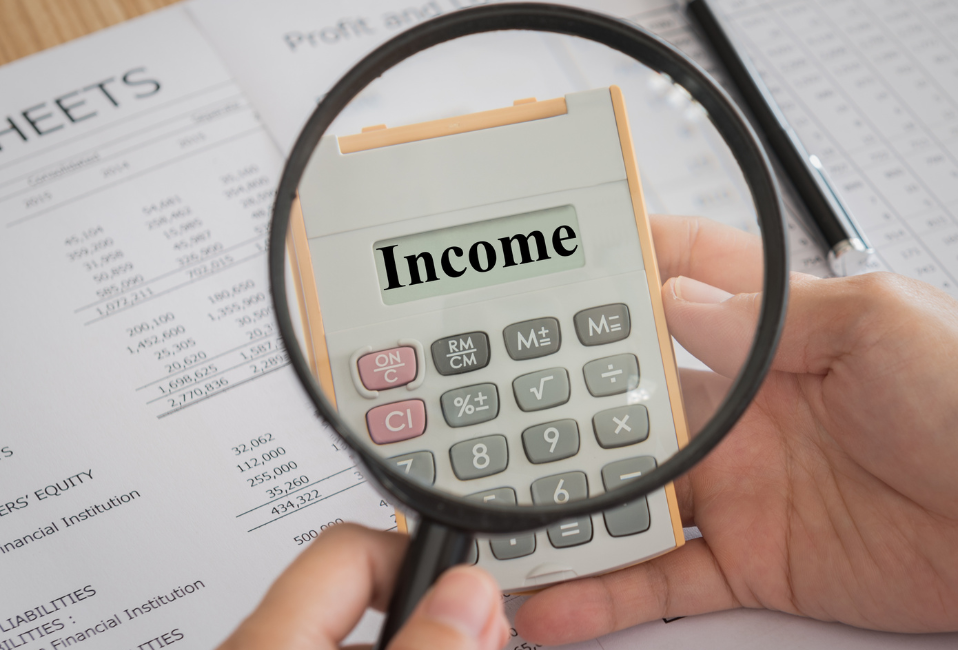
To report your rental income, you’ll need to keep records of all the rent payments you received during the tax year. This can include copies of:
– Bank statements
– Online payment records
– Rent cheques
If you have multiple rental properties, you will need to make sure you keep records of each individual asset.
4. Document Your Expenses
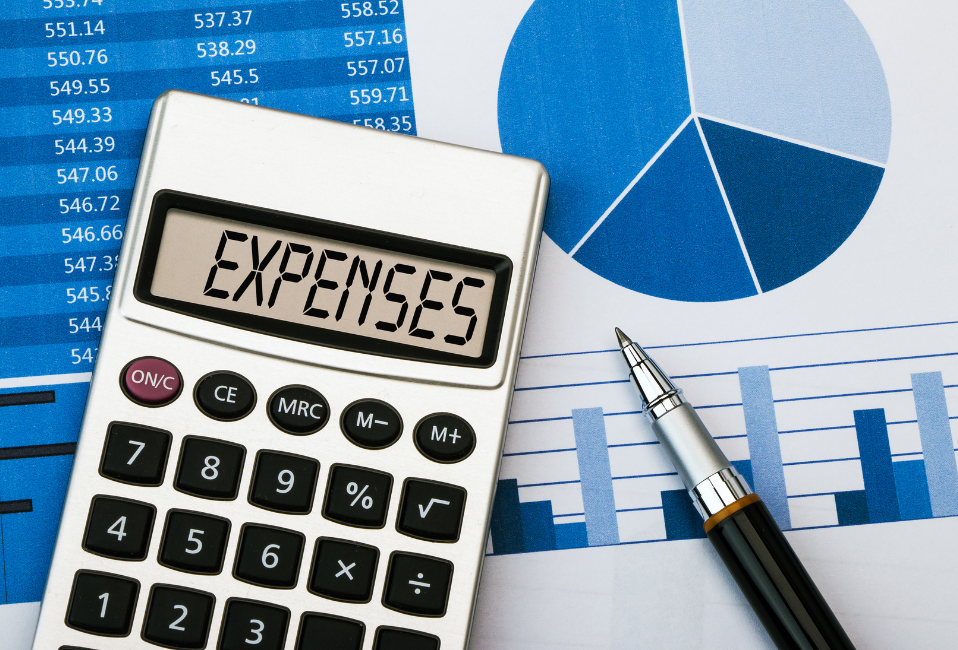
To claim deductions for expenses, you’ll need to gather records of all the money you have spent as a landlord. This might include receipts, invoices and bank statements for expenses such as:
– Mortgage interest
– Repairs and maintenance
– Replacement of items
– Accountancy and agency fees
– Insurance
– Property running costs
You should keep separate records for each rental property if you own a portfolio of them. Depending on the type of property you own and what your tenant pays, there is also the possibility of being able to claim expenses on light and heating, services charges, ground rent, cleaning and even marketing costs.
5. Stay Organised

It’s important to keep your records organised throughout the year. This allows you to easily locate any information you need when it’s time to file your tax return. Consider using spreadsheets or a software program to track your income and expenses, or use a file system to keep all your records together.
You should also make sure that your records are accurate. Double-check all your figures and if you notice any errors, you should correct them as soon as possible.
If you are struggling to gather all the necessary records, don’t hesitate to reach out to a tax professional for help. They can provide you with additional guidance on what records you need to gather and how to keep them organised.
It’s important to note that accurate record-keeping is the key to maximising your deductions and
avoiding any mistakes when filing your tax return.
6. Avoiding Common Mistakes
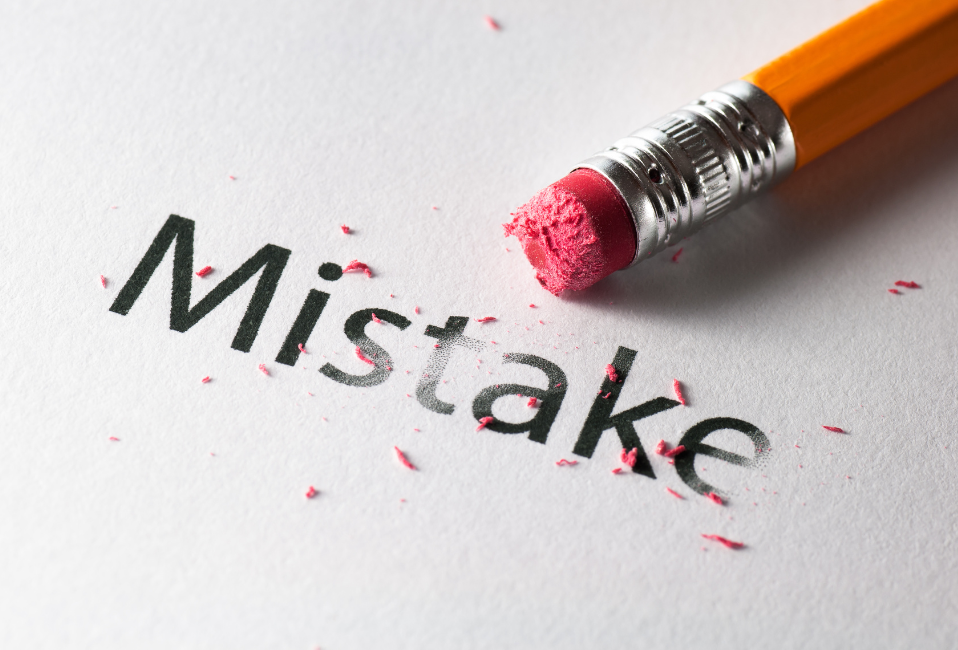
Be sure to claim only the expenses that are directly related to your rental property, and avoid claiming any personal expenses. You need to be mindful of rules and limitations pertaining to each deduction you can claim; don’t overstate your deductions or understate your income.
Consulting a tax professional can be very helpful in making sure you’re claiming all the expenses you’re entitled to, and that you’re avoiding any common mistakes. They can also provide guidance on how to maximise your deductions and minimise your tax liability. It’s important to remember that claiming expenses can be complex and different rules apply depending on the type of expense. Always double-check your calculations and speak with a tax professional for specific advice if you need help.
7. Filing Your Return

Once you’ve gathered all your records and calculated your gross rental income and deductions, it’s time to file your tax return. Once logged into your personal tax account with your Government Gateway ID, you can use your UTR and select the option to submit your self-assessment.
The form is straightforward to use, and by default has sections that lend themselves to landlords with multiple portfolio properties. It isn’t necessary for you to fill these out if you only own a single rental property.
You will need to declare sections that do apply to you, and the form will adjust to your answers. Here you will need to fill out your rental income from any land or property you own in the property section, including letting furnished rooms in your home (lodgers) and income from furnished holiday lets (R2SA).
There is also a section on deductions you wish to claim, which will include repairs, landlord insurance and any managing agent fees. This can also be done with the amount of mortgage interest, allowing you to claim the 20 per cent tax break.
On completion of all the sections, you can edit any data, save it for later and come back to it, or submit it. If you are only adding income from a property, you may have an idea of how much tax you will need to pay.
8. Paying your Landlord Tax Bill
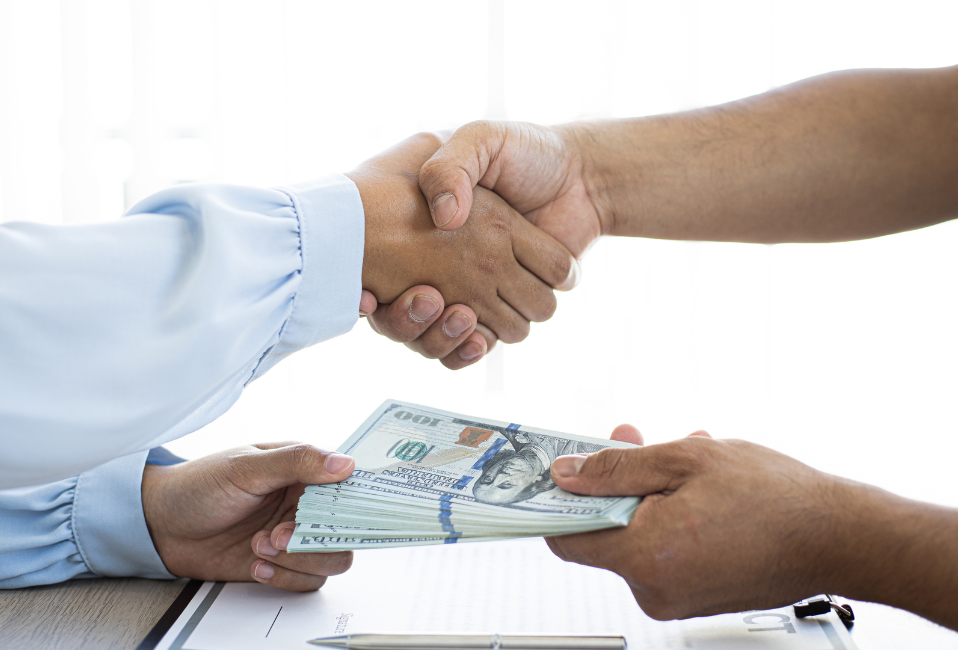
The final step in filing your return is to pay the money owed. The tax portal will work out your total bill, and you have until the 31 January deadline to pay. For bills over £1,000, there will be a second payment deadline in July. This is payment on account for the following years (which will reduce your liability down the line).
Payment options include paying online, over the phone, by debit corporate credit card, Bacs, cheque or direct debit.
Once you’ve filed your tax return, you should keep a copy of it for your records.
In summary, you should:
– Keep accurate records of all your rental income and expenses throughout the year.
– Understand the deductions and credits available to landlords and make sure you’re claiming
the ones you are entitled to.
– Calculate your taxable rental income by subtracting your deductions from your gross rental
income.
– File your tax return on time and keep a copy of it for your records.
If you are unsure at any point, you should always look to liaise with a tax professional. If you would like any assistance with the management of your property or portfolio, including the generation of a passive rental income, we’d be more than happy to help. Call us on 02838 355100 or email info@orchardlettings.com.


